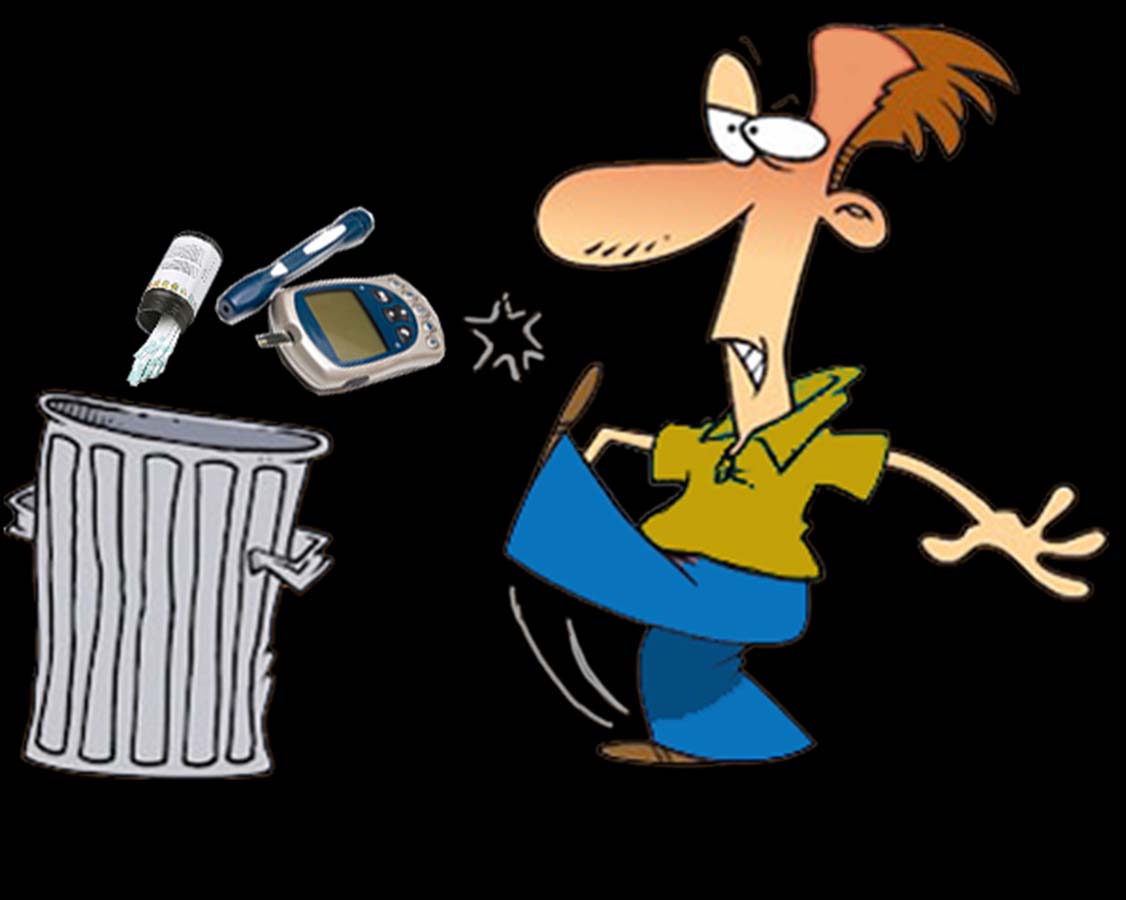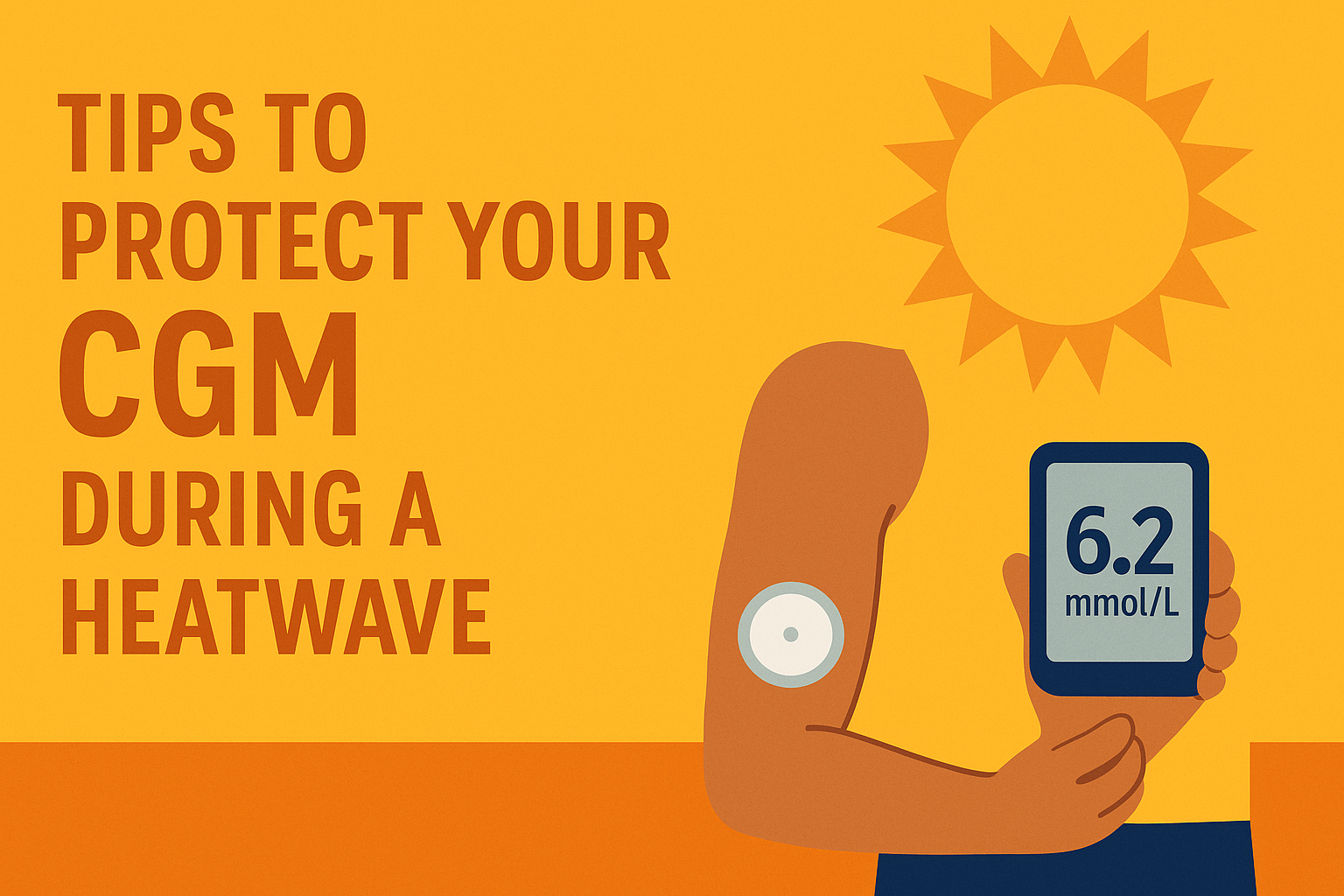
| Blogs and publications on this website are independent of any involvement by medtech companies or diabetes related charities. To ensure there is no bias, we do not accept any products, freebies or other material from any medtech provider. All materials are copyright©️Love My Libre Ltd. |
***
This information is particularly relevant for those type ones living in England, but contains useful information for others too.
Say goodbye to routine fingerprick testing!

On 31st March 2022, NICE (National Institute of Health and Care Excellence) updated their guidance, NG17 and NG18, which fundamentally sets the 'rules' for the treatment and management of type one diabetes in England.
In essence, the guidance now states that every person with type one diabetes in England gets access to a Libre sensor or CGM! No other criteria will apply. And this is in preference to fingerprick testing.
The NICE Guidance states that healthcare professionals/diabetes teams should:
Offer adults with type 1 diabetes a choice of real-time continuous glucose monitoring (rtCGM) or intermittently scanned continuous glucose monitoring (isCGM, commonly referred to as 'flash'), based on their individual preferences, needs, characteristics, and the functionality of the devices available.
Extract from NICE Guidance NG17
In addition, all children with type 1 diabetes should have access to CGM; and some people with type 2 diabetes who use insulin intensive therapy (4 or more injections a day) should have access to Flash*, for example if they experience recurrent or severe hypos, if they have a disability that means they cannot finger-prick test or if they would otherwise be advised to test 8 or more times a day.
* Flash is FreeStyle Libre 1 and 2.
It's a revolutionary change that affects over 250,000 type 1s and will level-up the disparities that have led to the uneven, postcode lottery effect, use of this vital medtech.
No longer should diabetes teams have their hands tied behind their backs when supporting T1Ds. The guidance applies nationally and shouldn't be influenced by local CCG decisions. In fact, if anyone does try to restrict, block access or go against the NICE guidelines, then Partha Kar, National Diabetes Advisor for NHS England, will want to hear about it and almost certainly take action.
How will type 1s access the medtech?

It is likely that changing policies and procedures for implementation of the NICE guidelines in individual hospitals and diabetes centres will take a while to fully rollout, particularly in areas of the country where CCGs didn't previously see the benefits of the tech.
However, it should certainly be on the agenda for all type 1s at their next diabetes appointment. For those already using FreeStyle Libre it gives security of continuity and for many self-funders it is likely to come as a big relief.
Factors to be discussed between diabetes team/consultant and PWD when determining the device to be used:
-
Accuracy of the device
-
Whether the device provides predictive alerts or alarms and if these need to be shared with anyone else (for example, a carer)
-
Whether using the device requires access to particular technologies (such as a smartphone and up-to-date phone software)
-
How easy the device is to use and take readings from, including for people with limited dexterity
-
Fear, frequency, awareness and severity of hypoglycaemia
-
Psychosocial factors
-
The person's insulin regimen or type of insulin pump, if relevant (taking into account whether a particular device integrates with their pump as part of a hybrid closed loop or insulin suspend function)
-
Whether, how often, and how the device needs to be calibrated, and how easy it is for the person to do this themselves
-
How data can be collected, compatibility of the device with other technology, and whether data can be shared with the person's healthcare provider to help inform treatment
-
Whether the device will affect the person's ability to do their job
-
How unpredictable the person's activity and blood glucose levels are and whether erratic blood glucose is affecting their quality of life
-
Whether the person has situations when symptoms of hypoglycaemia cannot be communicated or can be confused (for example, during exercise)
-
Clinical factors that may make devices easier or harder to use
-
Frequency of sensor replacement
-
Sensitivities to the device, for example local skin reactions
-
Body image concerns
Extract from NICE Guidance NG17
The official NICE Guidance in full is published here.
What are the differences between flash and CGM?

Manufactured by Abbott, FreeStyle Libre 1 and 2 are currently the only flash glucose monitoring products available. These are referred to as flash CGM, or isCGM, as they require the user to scan the sensor to be able to pick up glucose levels on a phone or reader.
A continuous glucose monitor (CGM) will display levels without any interaction with the sensor, other than being within range of the collecting device ie. phone or reader. FreeStyle Libre 3 is a CGM, which is also referred to as rtCGM (real-time continuous glucose monitor).
The main competitor to Libre in terms of CGM is the Dexcom G6, although there are others now available, and more to come onto the market very soon. Find out about these in our blogs listed below.
More information
We have published several blogs in our Libre Life resources which give further details on the options for CGM available through the NHS in England. Please take a look:
 CGM Choices for 2022: Pros and Cons of 6 CGMs to be offered on NHS
CGM Choices for 2022: Pros and Cons of 6 CGMs to be offered on NHS
 Table of Comparison for 6 CGM Choices for 2022
Table of Comparison for 6 CGM Choices for 2022
 For new users of FreeStyle Libre sensors we have some advice in our blog here.
For new users of FreeStyle Libre sensors we have some advice in our blog here.
Note
Of course there are circumstances when you will still need to fingerpick test, namely to confirm your levels if feelings don't match your readings, and sometimes for driving.
Disclaimer
Details and data is correct to the best of the author’s knowledge at the time this blog is published. We do not accept responsibility for any errors or omissions. Information is for guidance only and it is recommended that you confirm specific details and suitability yourself with the supplier, or your healthcare provider.
Love My Libre is not associated or affiliated with any of the aforementioned medtech providers. Content here and on our website www.lovemylibre.com does not constitute medical advice or replace the relationship between you and healthcare professionals nor the advice you receive from them.
The author of this blog has type 1 diabetes and uses the FreeStyle Libre 2 which is provided on NHS prescription. We do not have any affiliate relationship with Abbott or FreeStyle Libre.
All third party devices and apps mentioned are registered trademarks of their respective owners.





Leave a comment (all fields required). Please note, we are unable to respond to individual comments posted here.